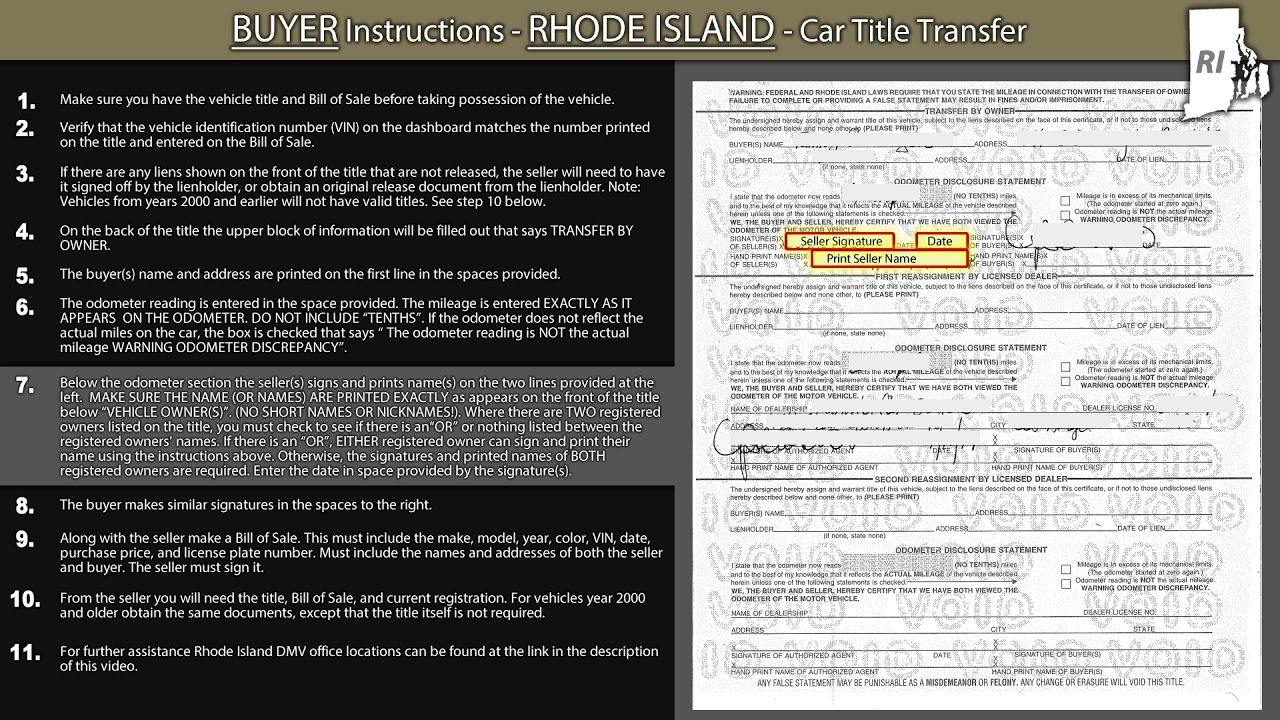History of COVID Outbreaks in Rhode Island
COVID-19, the infectious disease caused by the novel coronavirus, has had a significant impact on the state of Rhode Island. The first case of COVID-19 in Rhode Island was reported in early March 2020, marking the beginning of a challenging period for both the state and its residents. As the virus rapidly spread worldwide, Rhode Island found itself confronting an unprecedented health crisis. To understand the timeline of the outbreak, it is essential to examine the origins and initial signs of COVID-19 in Rhode Island.
Tracing the Origins of COVID in Rhode Island
The origins of the COVID-19 outbreak in Rhode Island can be traced back to the global spread of the virus. With the initial cases reported in Wuhan, China, in late 2019, the virus quickly spread to other countries, including the United States. Rhode Island, being a populous and well-connected state, was inevitably affected by the global transmission of the virus.
Initial Signs of COVID in Rhode Island
The initial signs of COVID-19 in Rhode Island were subtle. In late February 2020, health officials began noticing an increase in respiratory illnesses with symptoms similar to those of COVID-19. At the time, however, the significance of these cases was not fully understood, and they were often attributed to the seasonal flu or other common respiratory infections.
The Start of the COVID Outbreak in Rhode Island
The COVID-19 outbreak in Rhode Island officially began on March 1, 2020, when the state reported its first confirmed case. The individual had recently traveled to Italy, where the virus was rapidly spreading. This case served as a wake-up call for the state, signaling the beginning of a challenging battle against a highly contagious virus.
Uncovering the Timeline of COVID in Rhode Island
As the outbreak unfolded, health officials and researchers worked tirelessly to uncover the timeline of COVID-19 in Rhode Island. Through contact tracing and retrospective analysis, they pieced together the puzzle of the virus’s spread within the state, aiming to gain a comprehensive understanding of its impact on the local population.
Establishing the First COVID Cases in Rhode Island
After confirming the first COVID-19 case in Rhode Island, subsequent testing and contact tracing efforts revealed additional individuals who had been infected with the virus. These cases were linked to travel to impacted areas or close contact with known cases. The identification of these cases allowed health officials to implement containment measures and further investigate the spread of the virus.
Understanding the Early Spread of COVID in Rhode Island
As the number of COVID-19 cases increased, it became evident that community transmission was occurring within Rhode Island. The virus was spreading from person to person, with individuals who had no known travel history or exposure to confirmed cases becoming infected. This realization highlighted the urgent need for widespread testing, contact tracing, and social distancing measures to mitigate the spread.
Pinpointing the Onset of COVID in Rhode Island
Pinpointing the exact onset of COVID-19 in Rhode Island is challenging due to the nature of the virus and its potential for asymptomatic transmission. However, through retrospective analysis and testing of stored samples, health officials have been able to identify cases with symptoms consistent with COVID-19 that occurred before the official confirmation of the first case.
Unveiling the Early Days of COVID in Rhode Island
In the early days of COVID-19 in Rhode Island, there was a steep learning curve for both health officials and the general public. The state swiftly implemented measures such as social distancing guidelines, the closure of non-essential businesses, and the promotion of good hygiene practices. These early actions aimed to slow the spread of the virus and protect the most vulnerable populations.
Delving into the Emergence of COVID in Rhode Island
Delving into the emergence of COVID-19 in Rhode Island requires a multidisciplinary approach. Epidemiologists, virologists, and public health experts analyze data, conduct research, and collaborate to gain insights into the virus’s origins, its transmission dynamics, and the effectiveness of various containment strategies. This ongoing research is crucial in informing public health measures and preparing for any future outbreaks.
Tracing the Arrival of COVID in Rhode Island
Tracing the arrival of COVID-19 in Rhode Island involves examining international travel patterns, monitoring of local cases, and studying the genetic sequencing of the virus. By analyzing these factors, researchers can gain a deeper understanding of how the virus was introduced to the state and its subsequent spread within the local population. This knowledge is essential for preventing future outbreaks and improving response strategies.
Investigating the Initial COVID Cases in Rhode Island
Investigating the initial COVID-19 cases in Rhode Island is crucial for understanding the early stages of the outbreak. Through comprehensive contact tracing, health officials were able to identify and isolate individuals who had come into close contact with confirmed cases. This proactive approach helped to contain the initial spread of the virus and protect vulnerable populations, such as the elderly and those with underlying health conditions.
In conclusion, the COVID-19 outbreak in Rhode Island began in early March 2020, following the global spread of the virus. Initial signs of the disease were initially attributed to other respiratory illnesses, but as the situation evolved, health officials realized the severity and contagiousness of the virus. Through extensive testing, contact tracing, and research, Rhode Island has been able to establish the timeline of the outbreak and implement measures to mitigate its impact on the community. Continued investigation and surveillance remain crucial in combating the ongoing challenges posed by COVID-19.





